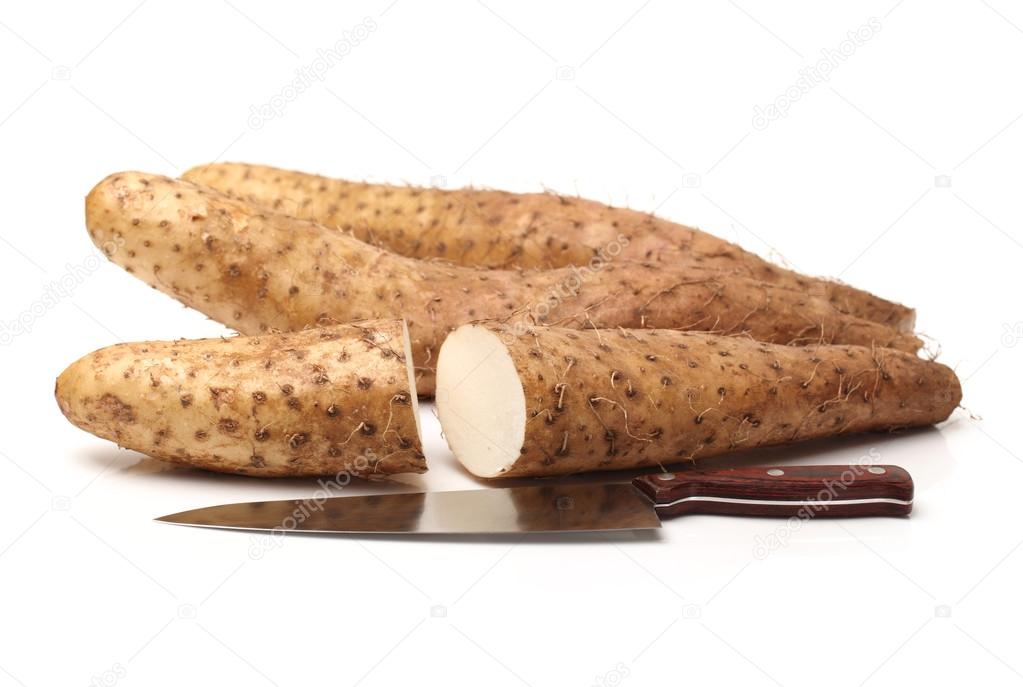
 2
2





 3
3




 3
3




 3
3




Idle dreamer








Idle dreamer
 6
6





Perfect The Dwelling Land and support the kickstarter! https://www.kickstarter.com/projects/paulwheaton/garden-cards?ref=90v0pa
 5
5




Perfect The Dwelling Land and support the kickstarter! https://www.kickstarter.com/projects/paulwheaton/garden-cards?ref=90v0pa
 5
5




Perfect The Dwelling Land and support the kickstarter! https://www.kickstarter.com/projects/paulwheaton/garden-cards?ref=90v0pa
 2
2




Perfect The Dwelling Land and support the kickstarter! https://www.kickstarter.com/projects/paulwheaton/garden-cards?ref=90v0pa
 1
1




Perfect The Dwelling Land and support the kickstarter! https://www.kickstarter.com/projects/paulwheaton/garden-cards?ref=90v0pa
 6
6









 2
2




Blog: 5 Acres & A Dream
Books: Kikobian Books | Permies Digital Market
 1
1




 5
5





 9
9





How Permies works: https://permies.com/wiki/34193/permies-works-links-threads
My projects on Skye: The tree field, Growing and landracing, perennial polycultures, "Don't dream it - be it! "
 1
1
















 2
2




How Permies works: https://permies.com/wiki/34193/permies-works-links-threads
My projects on Skye: The tree field, Growing and landracing, perennial polycultures, "Don't dream it - be it! "
 3
3




“The beautiful thing about learning is that nobody can take it away from you.” – B.B. King
 4
4

















 3
3




Melonie Corder wrote:Very interested. (zip) These being cold hardy make it seem more likely...do you know of a tuber or seed source?
I'll have to check with the local nursery too.
How Permies works: https://permies.com/wiki/34193/permies-works-links-threads
My projects on Skye: The tree field, Growing and landracing, perennial polycultures, "Don't dream it - be it! "

 4
4




 1
1




 2
2




Little house with a big garden in the city!
"It is no measure of health to be well adjusted to a profoundly sick society." ~ J. Krishnamurti
 1
1




Weeds are just plants with enough surplus will to live to withstand normal levels of gardening!--Alexandra Petri
 2
2




 2
2




 7
7





 1
1




Live, love life holistically












 3
3




Nancy Reading wrote:It seems Strictly Medicinal Seeds list chinese yam bulbils if you can't find them locally. They say the bulbils are slow to start, which I don't remember being the case. The established plant for me is late into growth, but I think this is temperature related.
How Permies works: https://permies.com/wiki/34193/permies-works-links-threads
My projects on Skye: The tree field, Growing and landracing, perennial polycultures, "Don't dream it - be it! "
 4
4




 1
1
















 2
2




J wexler wrote:They are considered an invasive species in some places. They should grow easily. They are an excellent substitute for Potatoes as they are LOW in carbohydrates. Peel, Grate, wash off slime, towel dry and fry them like hashed browns. Cube them in soups like potatoes. Slice and pan saute in disks.
When i make hashed browns i literally cant tell the difference.
How Permies works: https://permies.com/wiki/34193/permies-works-links-threads
My projects on Skye: The tree field, Growing and landracing, perennial polycultures, "Don't dream it - be it! "
 3
3










 1
1




"Also, just as you want men to do to you, do the same way to them" (Luke 6:31)
 1
1




Zone 6, 45 inches precipitation, hard clay soil
























How Permies works: https://permies.com/wiki/34193/permies-works-links-threads
My projects on Skye: The tree field, Growing and landracing, perennial polycultures, "Don't dream it - be it! "






 1
1




"Also, just as you want men to do to you, do the same way to them" (Luke 6:31)

|
meow meow meow tiny ad meow meow
The new kickstarter is now live!
https://www.kickstarter.com/projects/paulwheaton/garden-cards
|






